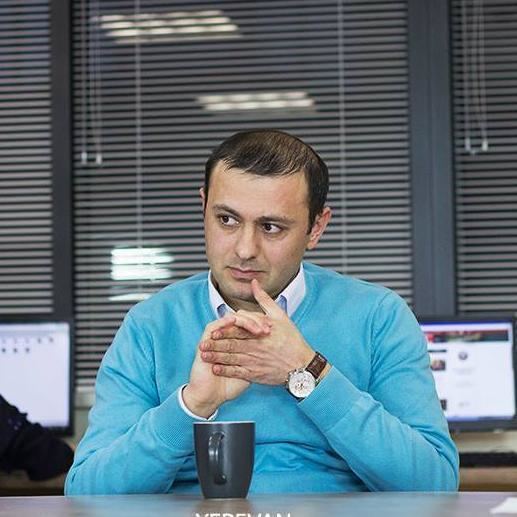Name Armen Grigoryan Role Singer-songwriter | Years active 1978- | |
 | ||
Birth name Armen Sergeevich Grigoryan Movies How to Find the Ideal, Tatsu Children Grigor Grigoryan, Anna Grigoryan, Elizaveta Grigoryan, Kseniya Grigoryan Parents Aida Grigoryan, Sergey Grigoryan Albums Kitaysky Tank, Legends of Russian Rock | ||
Music group Krematorij (Since 1983) | ||
(A+A)Armen Grigoryan(1)Nerir indz Ter im(2)Ari im ser lrachru pakas@ mer
Armen Grigoryan (Russian: Армен Григорян, Armenian: Արմեն Գրիգորյան) is a singer/songwriter, artist, and the front man (and main songwriter) of "Krematorij" (Crematorium) Russian rock-band.
Contents
- AAArmen Grigoryan1Nerir indz Ter im2Ari im ser lrachru pakas mer
- Gyoumrva Parer Armen Grigoryan
- Biography
- Discography solo
- Filmography
- Other websites
- References

Gyoumrva Parer ~ Armen Grigoryan
Biography
Armen Grigoryan was born on November 24, 1960 in Moscow by Armenian parents. A player of Dynamo Moscow, he became a two-time champion of junior football.
He grew up listening to the magic sounds of The Beatles mysteriously penetrating the Iron Curtain. Inspired by Beatle's music, Grigoryan, while still in high school, started his musical career (since 1977 he played in a band called "Atmospheric pressure") and in 1983 he formed "Crematorium" which gained a reputation throughout the former Soviet Union and begin to perform at concerts all over the country. A long search for his own unique sounds came to fruition in 1984, when "Krematorij" added a violin to their version of Rock-n-Roll. Since the 1980s, Armen Grigoryan participated in the development of Russian rock music.
Armen Grigoryan is an author of more than two hundred songs. Many of them, including "Krematori", "Tanya", "Kondrati", "Trash Wind", "Khabibulin", "Ugly Elsa", "Sebastia", "Sexy Cat", "Strawberry with Ice", "Little Girl", "2001" and "Katmandu", are very popular among the audiences throughout the former Soviet Union, the Netherlands, Germany, Israel and the United States. He composes multifaceted lyrics that frequently deal with the themes of life and death in various religious contexts. Grigoryan's "ironical and philosophical songs are fond of sincerity and humanity".
In 2006 Armen Grigoryan starts new project 3' Angel and releases album "Chinese Tank". According to critics, the album's concept is the spirit of excitement, adventure and immutable truths, tied up with modern realities.
Armen Grigoryan is an author of several architectural projects. He is also known as a painter and public activist. Grigoryan is considered as one of the 100 famous Armenians living in Russia by the readers of “Noah’s Ark” newspaper. In 2012 "Krematorij" issued a petition urging the Russian State Duma to criminalize all forms of nazism, including the Armenian genocide.
In 2012 "Krematorij" and other well-known Russian musicians (Yuri Shevchuk, Bravo, Noize MC, etc.) recorded the "White Album" to show solidarity with opponents of President Vladimir Putin. The album took its name from the white ribbons worn by demonstrators during the opposition rallies.
Armen Grigoryan was a classmate of the future serial killer Sergey Golovkin who tortured and killed at least 11 boys. [1]
